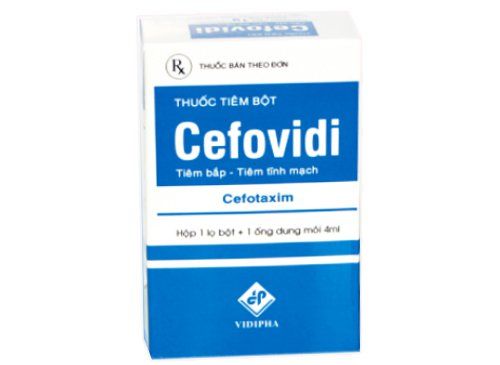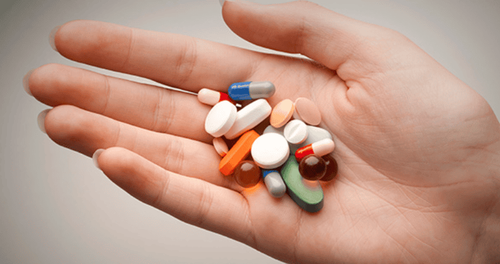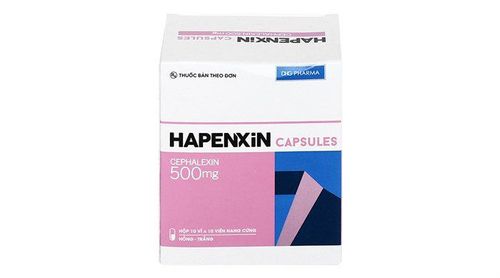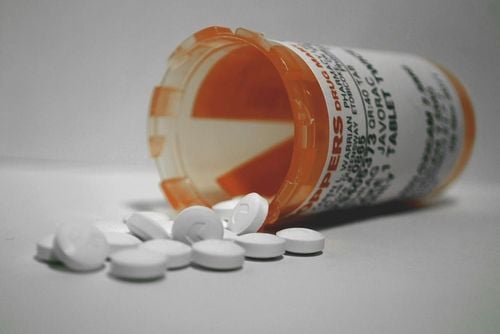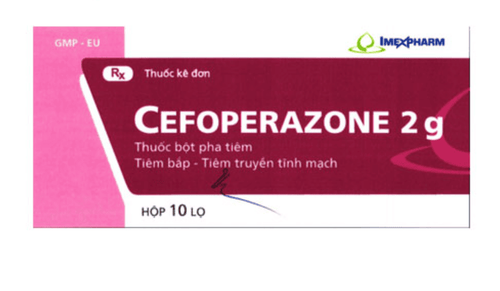This is an automatically translated article.
Oralexil belongs to the group of drugs that treat parasites, infections, viruses and fungi. The drug is prepared in the form of oral powder, packing box of 10 packs x 3g. Learn some information about the uses, doses and precautions when using Oralexil to help patients use the drug safely and effectively.1. What is the effect of Oralexil?
Oralexil is used to treat infections of the urinary tract, respiratory tract, skin and soft tissue caused by a number of gram-negative and gram-positive bacteria, including penicillinase-producing Staphylococcus.2. How to take Oralexil?
How to take the medicine:
Take Oralexil 1 hour before meals. Reference dose:
Adults and children > 12 years: Use Oralexil 500mg x 3 times/day. Children 5 - 12 years old: Use Oralexi 250mg dose 3 times/day. Children 1 - 4 years old: Use Oralexi 125mg x 3 times/day. Children < 1 year: Use oralexi dose 62.5 - 125mg x 2 times / day. Oralexil overdose and treatment:
Oralexil overdose symptoms include: Nausea, vomiting, epigastric discomfort, diarrhea and hematuria. Treatment: Activated charcoal should be indicated in place of or in conjunction with gastric lavage. The use of diuresis and hemodialysis has almost no effect in the management of Oralexi overdose. Note: The above Oralexi dosage is for reference only. The specific dose of Oralexi will depend on your condition and disease progression. To get the right dose of Oralexi, patients need to consult their doctor/pharmacist.
3. Contraindications to taking Oralexil
Oralexil is contraindicated in the following cases:
Patients with hypersensitivity to active ingredients, excipients in Oralexil or Cephalosporins. Contraindications to taking Oralexil are understood as absolute contraindications. This means that for whatever reason the contraindications are not flexible to Oralexil.
4. Oralexil interaction with other drugs
Oralexil causes the Coomb test, Glucoseuria in the test with Benedict, Fehling or with Clinitest tablets to give false positive results.
5. Oralexil side effects
In the course of taking Oralexil, patients may experience some of the following side effects:
Digestive disorders; Allergic reaction; Eosinophilia; Angioedema ; Anaphylactic reactions; Neutropenia ; Superinfection; Pseudomembranous colitis; Diarrhea; Nausea/vomiting; Indigestion, anorexia, abdominal and epigastric pain; Skin rash, urticaria; Headache; Genital candidiasis, vaginitis, vulvar itching. Dizziness, tinnitus and deafness; Behavioral and behavioral changes in young children; How to handle: When experiencing side effects of Oralexil, you need to stop using it and notify your doctor / pharmacist or ask your loved one to take you to the nearest medical facility for timely treatment.
6. Precautions when taking Oralexil
When using Oralexil, it should be noted:
Long-term use of Oralexil can cause superinfection with non-susceptible bacteria. In patients with renal impairment, the dose should be reduced and monitored closely. Check hematopoietic, renal and hepatic function if the patient is on long-term treatment with Oralexil. Patients with a history of gastrointestinal disease, especially inflammatory bowel disease, should be cautious while taking Oralexil. The safety of Oralexil during pregnancy has not been established and therefore should be used with caution in this population. To avoid unwanted interactions when using Oralexil, patients should inform their doctor/pharmacist of all medications, dietary supplements, vitamins or herbs... they are taking. The basic information about Oralexil in the above article is for reference only. Because Oralexil is a prescription drug, patients should not use it on their own, need to contact a specialist directly for a suitable prescription to ensure safety for health.




